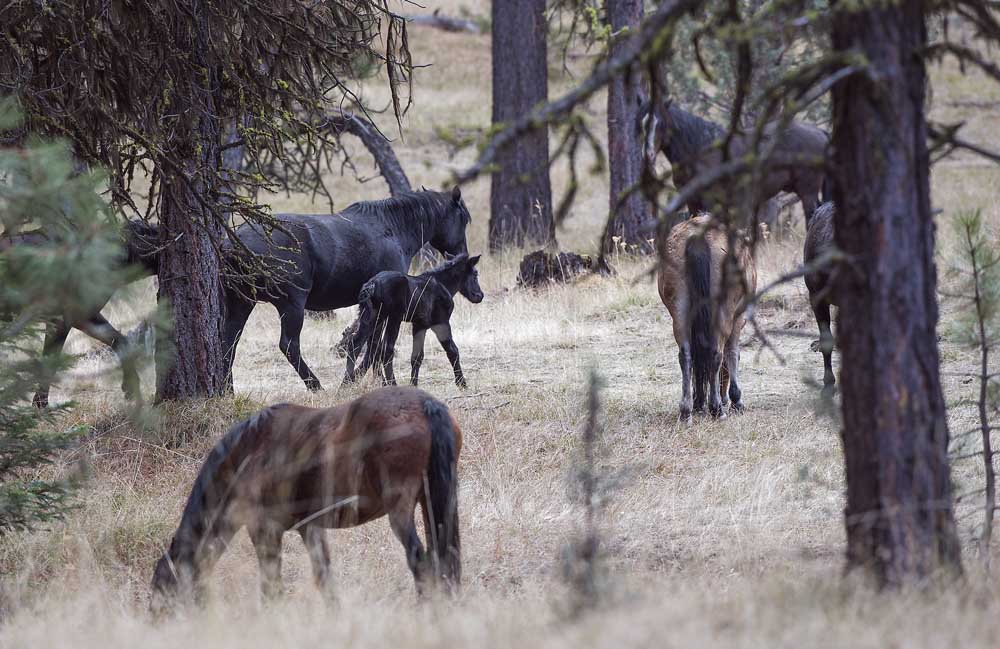Court says Central Oregon wild horse limit wasn’t ‘artificially low’
Published 11:30 am Thursday, January 9, 2025

- Members of a herd of wild horses graze in the Ochoco National Forest near Prineville in 2018.
A federal appeals court has rejected claims the U.S. Forest Service set an “artificially low” limit on a Central Oregon wild horse population.
The agency’s decision to set the “appropriate management level” for the Big Summit Territory at 47-57 wild horses “considered all important aspects of the issue, was not contrary to the evidence, was not implausible, and was not contrary to governing law,” according to the 9th U.S. Circuit Court of Appeals.
During oral arguments last month, the Central Oregon Wild Horse Coalition told the 9th Circuit the population limit was based on an underestimate of the winter range available to horses in the Ochoco National Forest.
However, the 9th Circuit has now determined the Forest Service’s methodology was not unlawfully “arbitrary and capricious.”
“Using the availability of winter range forage as the most limiting factor was consistent with scientific recommendations and supported by specific data from two horse population surveys, the elevations horses were typically observed at during winters, and the slope aspect at which horses could reasonably forage, among other evidence,” the appellate ruling said.
The plaintiff argued the Forest Service miscalculated the winter range as encompassing just 19% of the 5,000-acre territory, ignoring evidence that additional areas were available for forage.
As a result, the population limit was set so low that it will require removing about two-thirds of the wild horses from the area, the coalition said.
The 9th Circuit has determined the coalition’s winter range data didn’t include necessary information needed for the Forest Service’s calculations.
“The Service instead used data from multiple sources confirming the scope of the winter range, and the Service explained why the Coalition’s contrary map did not undermine its conclusion,” the ruling said.
The agency likewise took a sufficiently “hard look” at the impacts of the population limit, as required by the National Environmental Policy Act, including the genetic effects of reducing the herd’s size, the 9th Circuit said.
“The risks to the herd’s unique genetics are not ‘highly’ uncertain, as the Service’s genetic plan was consistent with recommendations in the National Research Council’s report and the Bureau of Land Management Handbook, genetic studies of the herd, and advice from multiple experts,” the ruling said.








